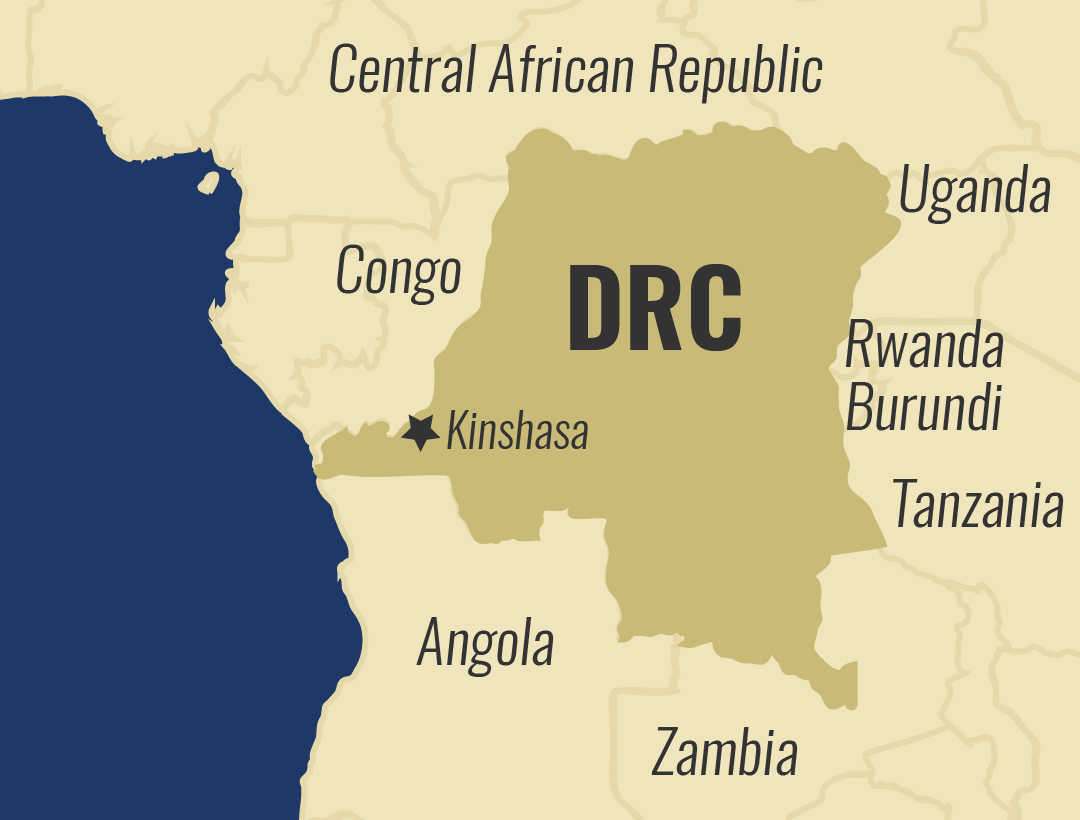Faces of Africa – Conquering Kilimanjaro – Part 1
Mount Kilimanjaro is the tallest mountain on the African continent and the world’s tallest
freestanding mountain, sometimes called, The Roof of Africa. It’s a huge dormant volcano
rising nearly 6km above sea level.
Our team of journalists’ embarks on a journey in an attempt to conquer Africa’s highest
mountain in Tanzania. They hope to go through five climatic zones, the mountain forest, the moorland, the stark alpine desert zone, the summit and the arctic zone.

Many people who attempt this climb don’t actually make it to the top; some tragically even
die each year in the attempt.
Seamus Brice-Bennett is the current owner of the Marangu hotel and the custodian of the
Mountain Club’s records. He gives Ramah fundamental rules to be followed religiously while
climbing the mountain.
“Number one, the most important, go slowly. You have to (go slowly), altitude is no
respecter of youth, strength, fitness. Number two, you’ve got to drink like it’s going out of
fashion. You just have to really pour the fluids into you. And thirdly, when you’re up high,
you really have to watch the sun. It is just hugely dangerous; the ultra-violet burns people to a crisp. And finally, I always say to people, we can never guarantee you’re going to get to the top of the mountain, sometimes altitude is kind and sometimes it’s not. So ultimately you’ve got to remember, it’s a beautiful, unique mountain, and wherever you get to on it you just have to enjoy yourself,” he said.

The team is off to their first start and things aren’t looking good. The roads are muddy, and
the mud is very sticky, making it hard to drive through. The porters and the guides push the vehicle which is heavily loaded with luggage. After a while they break through.
The first day and a half of their journey they go through the lush, thick mountain forest. It
may be one of the wettest parts of the mountain but it contains an amazing variety of
unique plants like the impatiens Kilimanjari which is not found anywhere in the world.
General Mrisho Sarakikya, the former chief of Tanzania defence force recalls the status of
the mountain in the 1950s.
“When I started going up, first time 1955, the traffic was practically zero. Climate change has made a lot of difference on the mountain. There was plenty of snow, sometimes it used to come up to 14,000 feet. But today, most times the snow is limited to the actual top. The
vegetation has changed as human traffic increased. There were a lot of fires. So you find that
once the vegetation is burnt out it takes years to grow back. So there are a lot of changes
from what we saw at the beginning and now,” he told.
He also recounts the times when young training soldiers up the mountain.
“One group of military officers whom I considered were being a bit too comfortable by
growing tummies, I didn’t have any interview for them because the mountain interviewed
them,” he narrates smiling.

The team continue their trek. Summiting the mountain is no quick or easy feat, especially
with a film crew tagging along and the mountain hurling some extremely foul weather down at them.
“We have just crossed 4000 metres, which is pretty cool. Mount Meru is somewhere in the
mist, about 4600. So by the time we get to Lava Tower we'll be at that height. But the thing is, as much as this is an interesting achievement we now just have another 2000 to go,” told Ramah.

Back on the trail, the cold and quickly changing weather makes for tough going.
They crack on and leave behind the imposing wall of rock and ice. It’s a long and punishingly fast descent into camp. Their new route to the Barranco Camp takes them downhill, and although it’s a race against time, the beauty of the valley they descend through is not lost on them.





